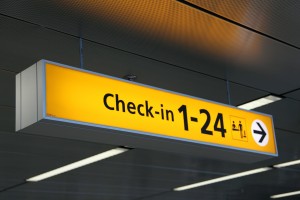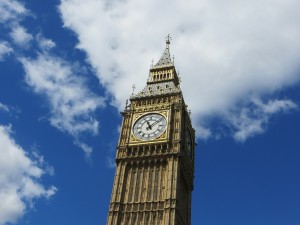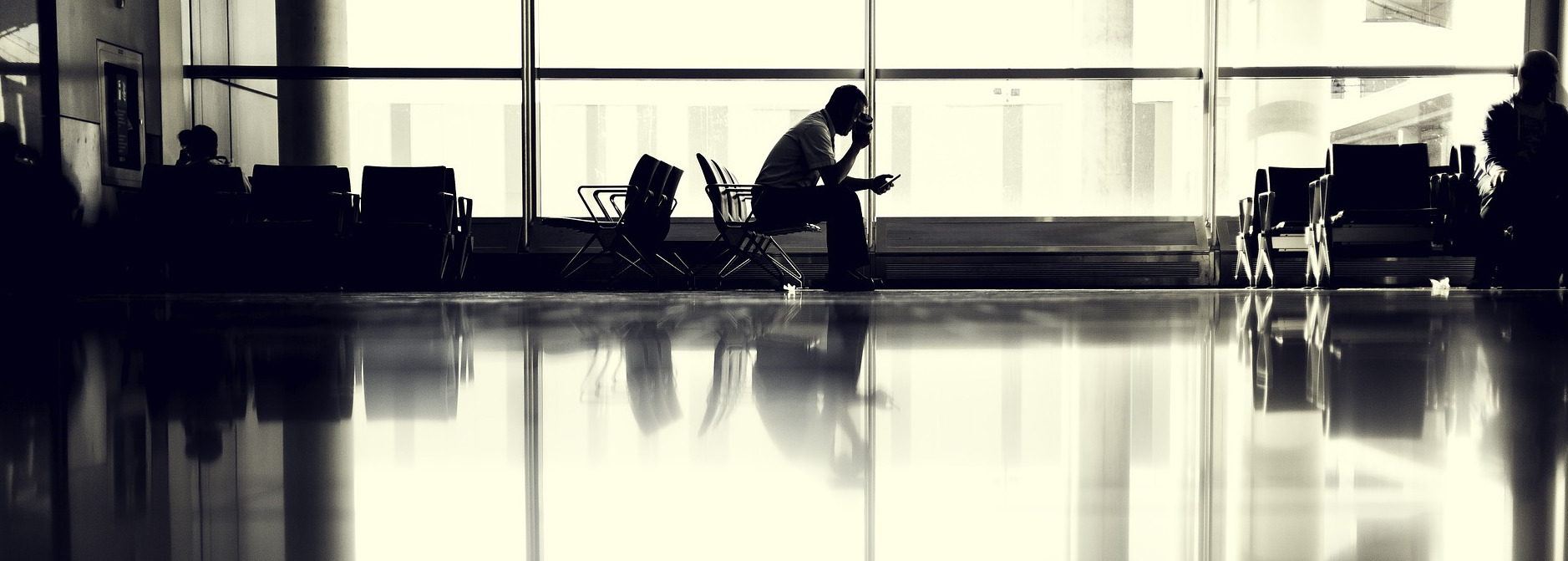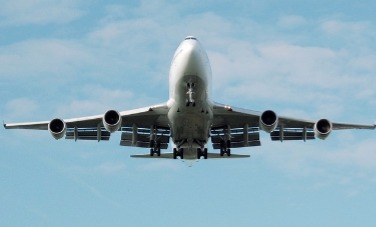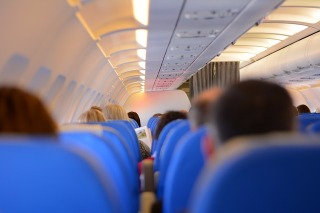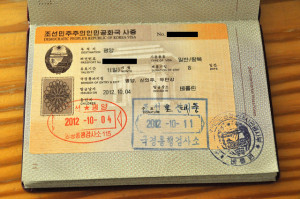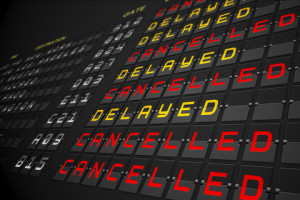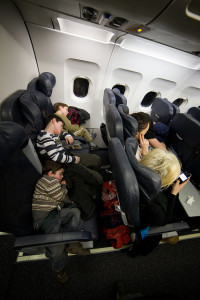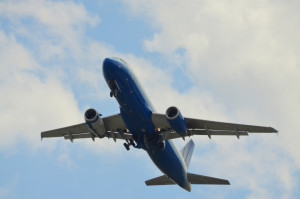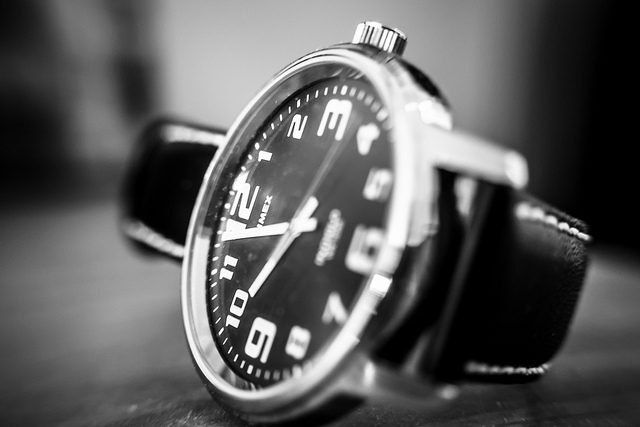Check In Flight Travel Tips
The first part of every trip is checking in. It is also one that is most dreaded. Between long lines at ticket counters and going through security it’s easy to be stressed before your tip even begins. Hopefully the check in flight travel tips will help relieve your frustration and get your trip off with little or no headaches.
Check In Flight Travel Tips
The first thing that you can do, if you have booked online, is to also check in online. You can usually check in 24 hours before your flight, get your boarding pass, and even pay for any luggage you have to check. Anything you can do before you reach the airport will speed up the process.
For domestic flights, ensure that you check in 2 hours before your flight time. For international flights you should check in 3 hours early. For either type of flights, make sure that you have all your documentation readily available. You will need your ticket, proper identification, and for international flights, your passport and, if required, your visa.
Don’t check in at the last minute. Even if you make the flight, your bag may not. If you miss the airline’s check-in deadline, the carrier might not assume liability for your bag if it is delayed or lost. If you have a choice, select flights that minimize the potential for baggage disruption. The likelihood of a bag going astray increases from #1 to #4 below (i.e., #1 is safest): 1) nonstop flight 2) direct or ‘through’ flight (one or more stops, but no change of aircraft) 3) online connection (change of aircraft but not airlines) 4) interline connection (change of aircraft and airlines)
Check with the airline on luggage weight restrictions. Different airlines and different classes of travel have different rules. Be prepared to pay for excess weight. When you check in, remove straps and hooks from garment bags that you are sending as checked baggage. These can get caught in baggage processing machinery, causing damage to the bag. The airline will put baggage destination tags on your luggage and give you the stubs to use as claim checks.
Make sure you get a stub for every bag. Don’t throw them away until after you get your bags back and you check the contents. Not only will you need them if a claim is necessary, but you may need to show them to security upon leaving the baggage-claim area. Each tag has a three-letter code and flight number that show the baggage sorters on which plane and to which airport your luggage is supposed to go. Double-check the tag before your bags go down the conveyor belt. (The airline will be glad to tell you the code for your destination when you make reservations or buy your tickets.)
Your bags may only be checked to one of your intermediate stops rather than your destination city if you must clear Customs short of your final destination, or if you are taking a connection involving two airlines that don’t have an interline agreement. Be sure all of the tags from previous trips are removed from your bag, since they may confuse busy baggage handlers.
When you get off of the plane, check and see what conveyor belt your luggage will be circling on. Ensure you pay attention and get your own bags. Many bags look alike. You may want to put some sort of identifying ribbon, tape, or band on your bags to make it easy to spot upon arrival.
If you have to go through immigration/customs, ensure that you do not open your suitcases until directed. The immigration officer usually asks a few preliminary questions and determines if you get the “green line” or if you need further checking. Cooperate with the security officer and it should only take a few minutes unless you have something illegal. Be honest on the customs declaration form. Telling lies can get you in some very big trouble.
Once you locate you bags and clear customs, it is time to start enjoying your vacation. I hope these Check In Flight Travel Tips have helped!
Traveling on a budget? Check out our 5 Tips for Families on a Budget!
